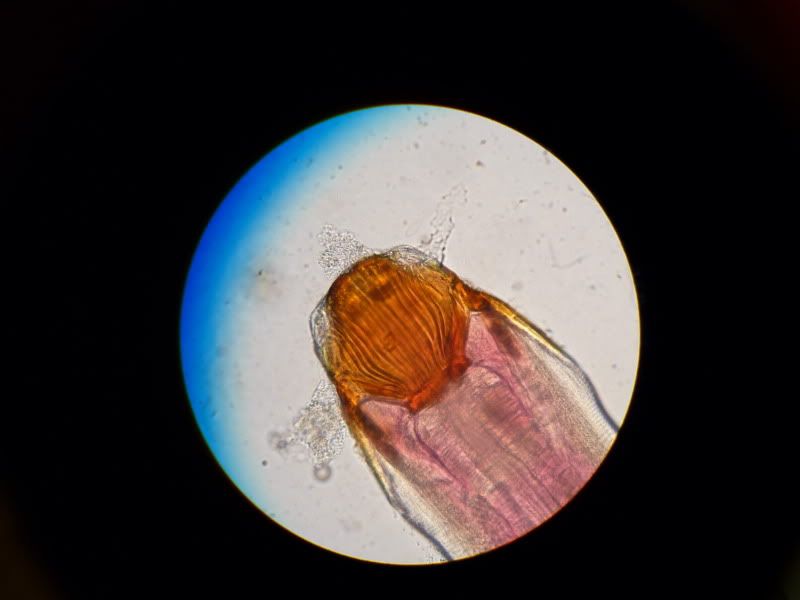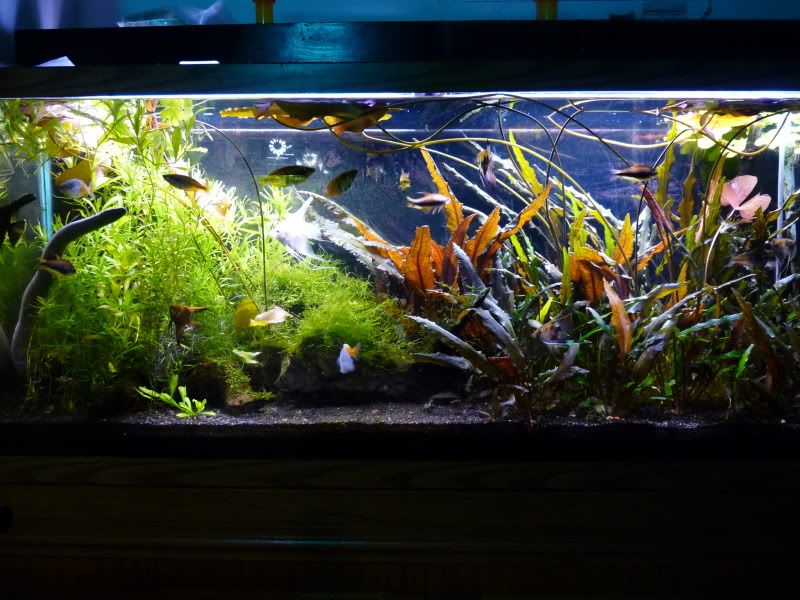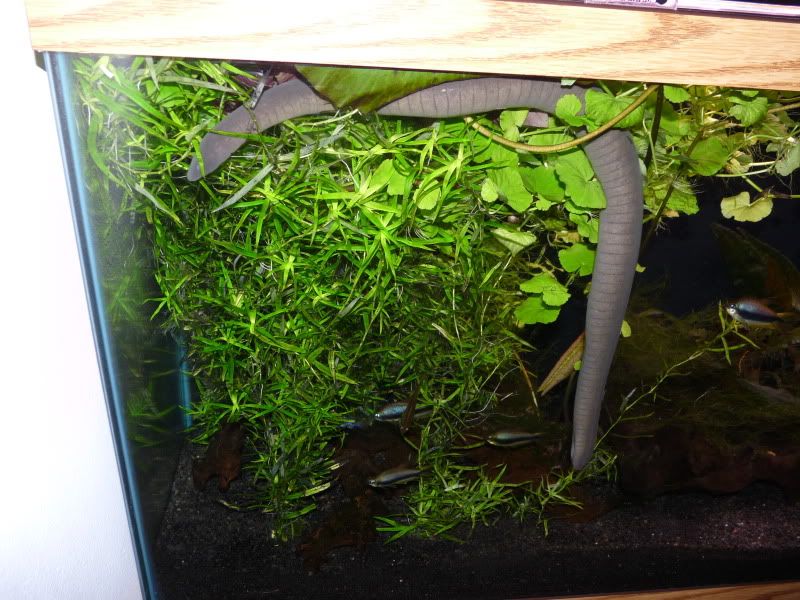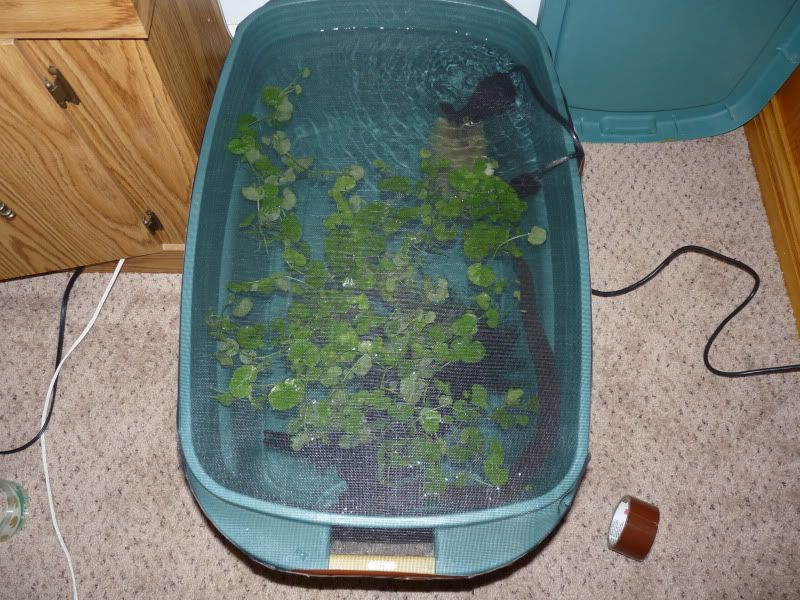Well the good news is my male T. natas that I've had for almost 4 years is doing very well and is healthy and fat. Had a turkey feast last night. Today unfortunately I lost a fish in this tank. The cause of its death is calamus worms which is a pretty nasty internal parasite. It was an angelfish that I bought with two others from a local breeder so I'm kinda disappointed about this. I've already removed the other two fish from the tank and began their treatment to see if they pass any worms. Now my delema is there are still around 20 fish in the tank along with the adult male caecilian. My treatment of choice for this parasite is levamisole hydrochloride. Treatment is exactly 0.1 to 0.2 grams per 10 gallons, left for 24 hours then a complete water change/cleaning. Repeated 2 weeks later. Now this medication is harmless on all the fish, plants, and snails. What I can't determine is if its okay for the ceacilian. Being an amphibian I don't think he is a viable host for these parasite. Basically I'm trying to determine if its safe to leave him in the tank or I can move him to a large plastic storage bin while I'm treat the tank. He won't like being moved but I doubt he will be overly stressed by it.
Caudata.org: Newts and Salamanders Portal
Register a free account today to become a member! Once signed in, you'll be able to participate on this site by adding your own topics and posts, as well as connect with other members through your own private inbox!
Did you know that registered users see fewer ads? Register today!
-
Did you know that registered users see fewer ads? Register today!
Need some medication help with T. natans
- Thread starter Mikaila31
- Start date
- No one is chatting at the moment.
-
Shane douglas:with axolotls would I basically have to keep buying and buying new axolotls to prevent inbred breeding which costs a lot of money??+1
-
Thorninmyside:Not necessarily but if you’re wanting to continue to grow your breeding capacity then yes. Breeding axolotls isn’t a cheap hobby nor is it a get rich quick scheme. It costs a lot of money and time and deditcation+1
-
Clareclare:Would Chinese fire belly newts be more or less inclined towards an aquatic eft set up versus Japanese . I'm raising them and have abandoned the terrarium at about 5 months old and switched to the aquatic setups you describe. I'm wondering if I could do this as soon as they morph?+1
Clareclare:
Would Chinese fire belly newts be more or less inclined towards an aquatic eft set up versus...
+1





